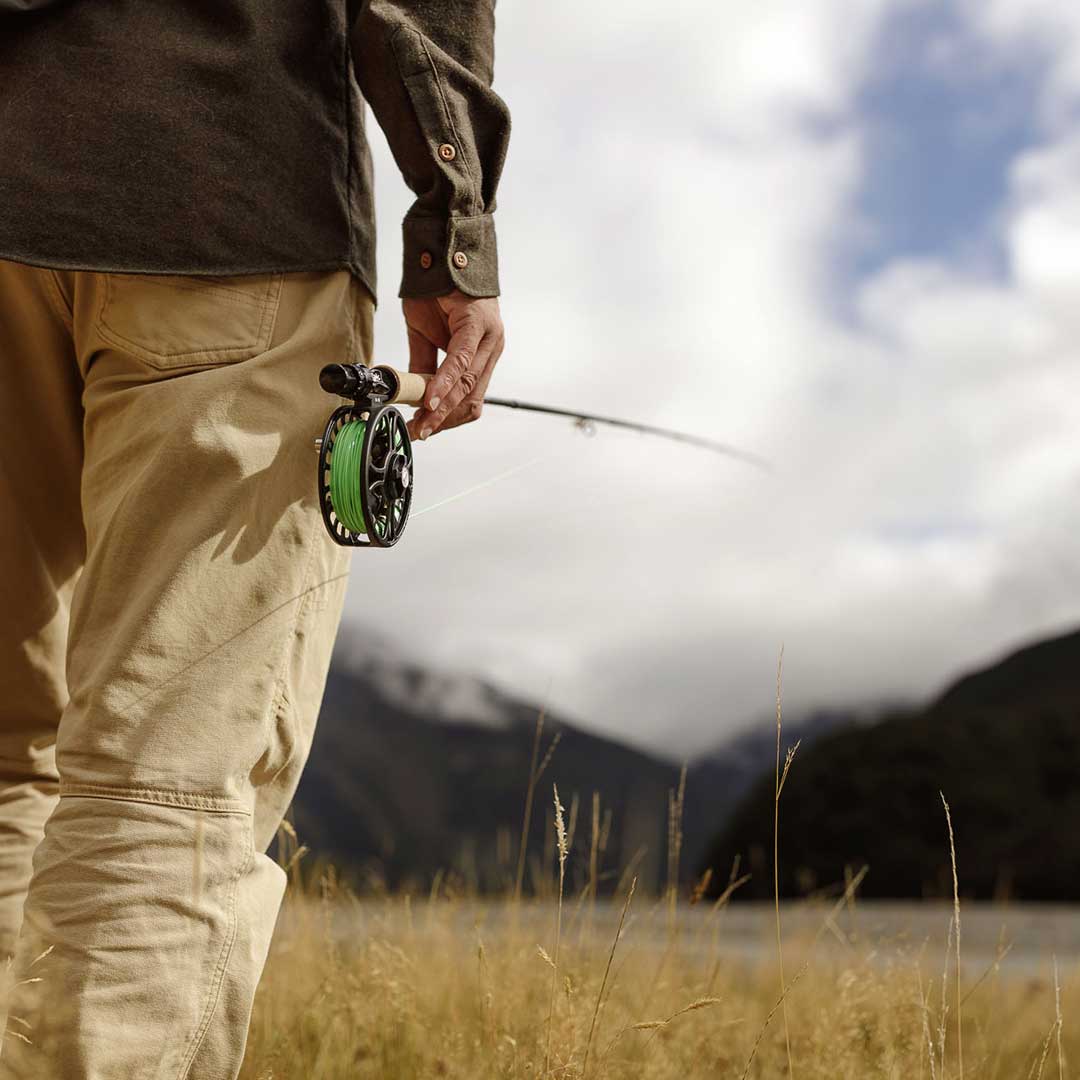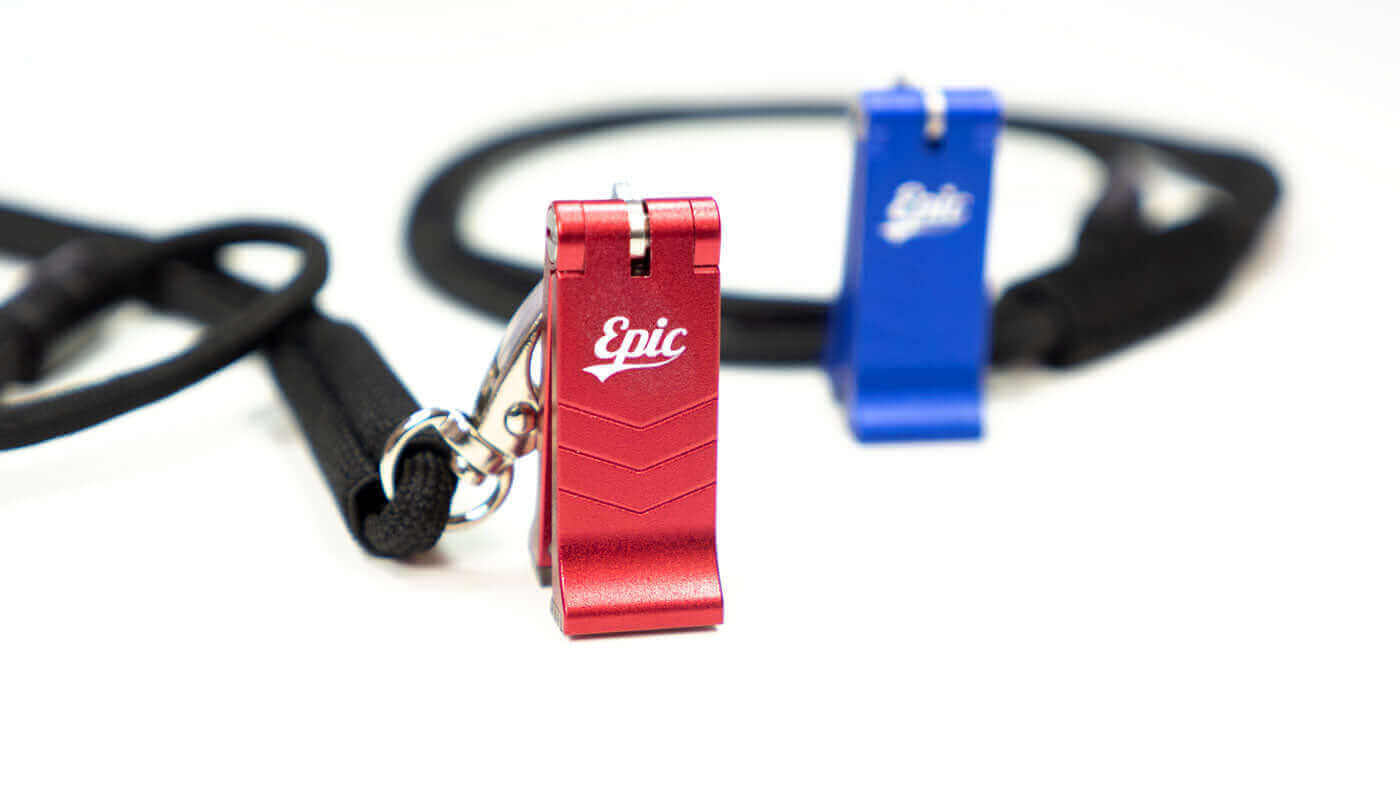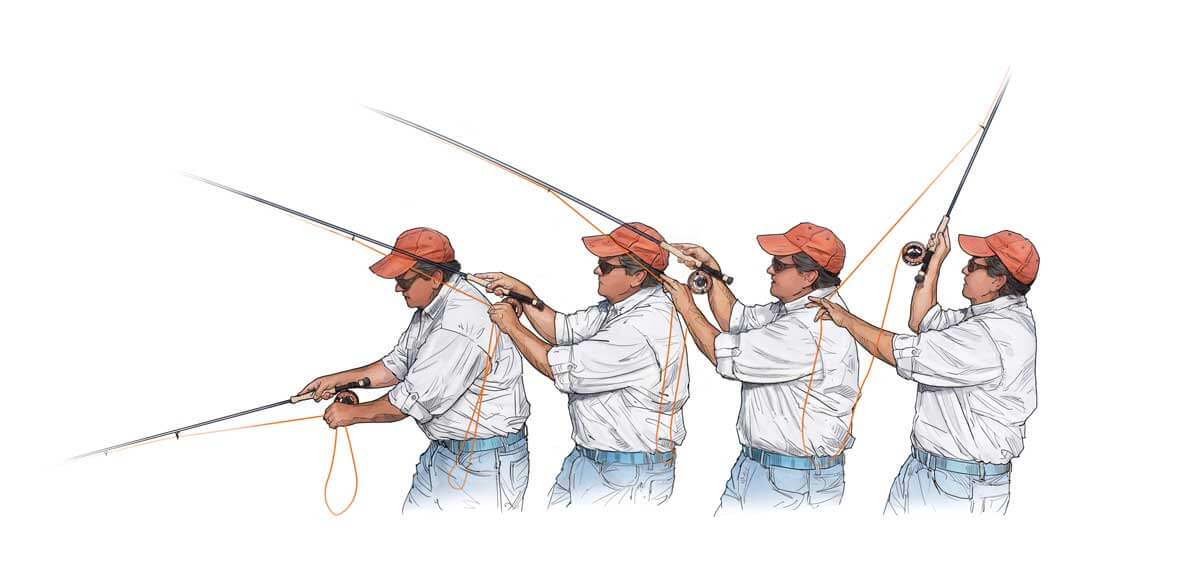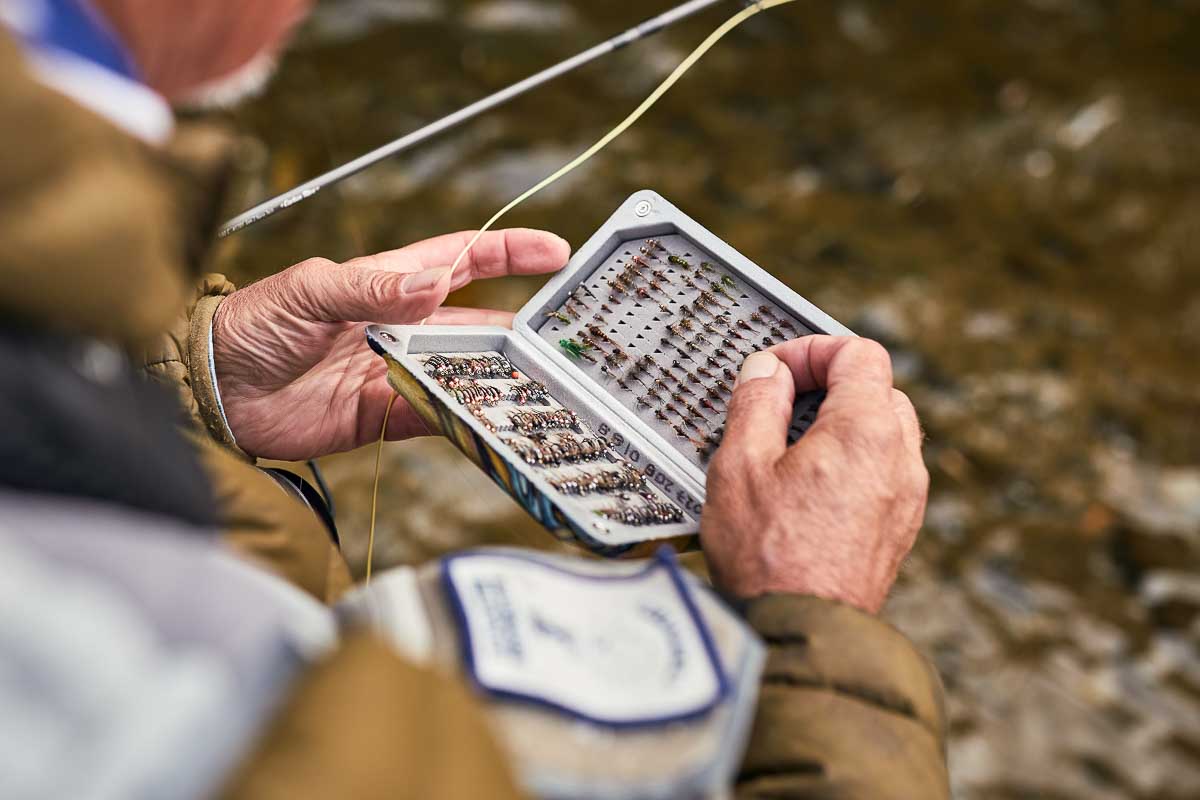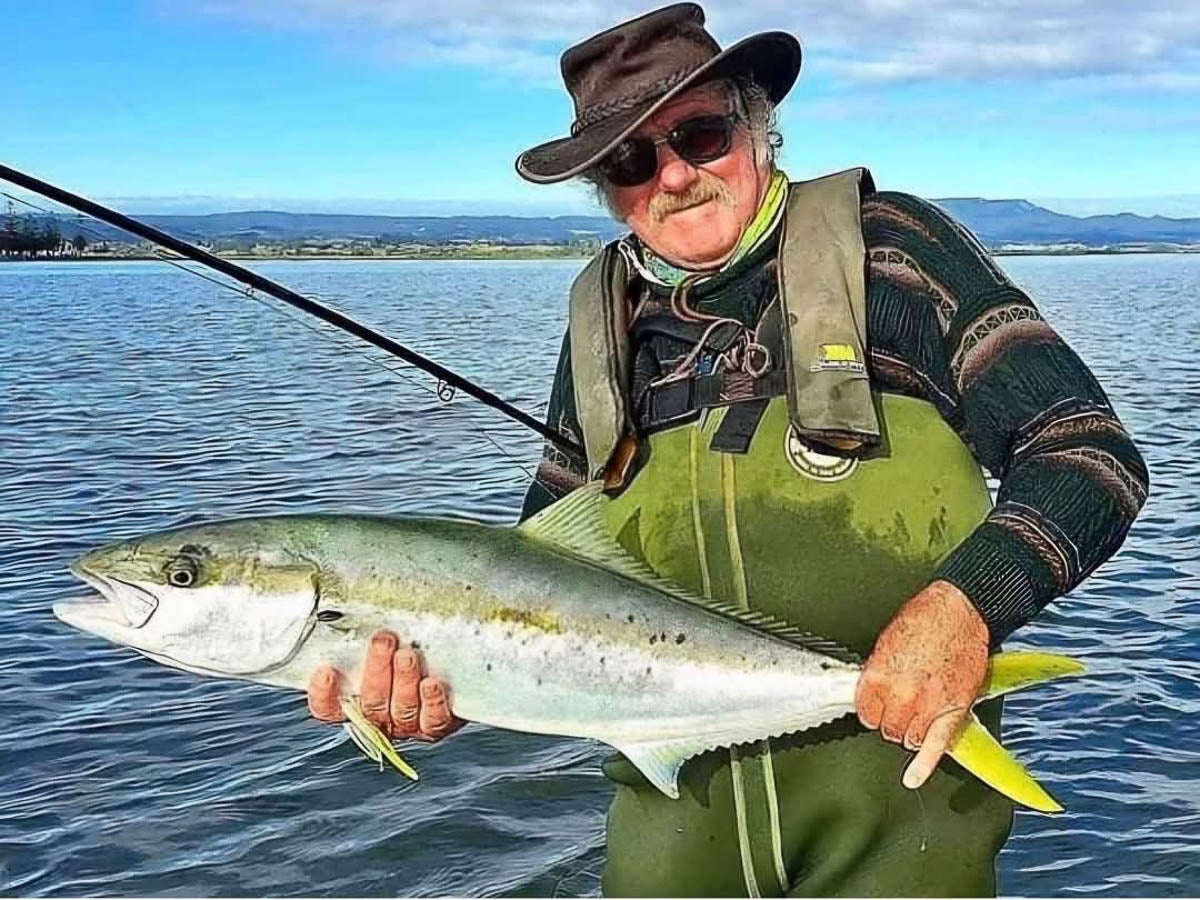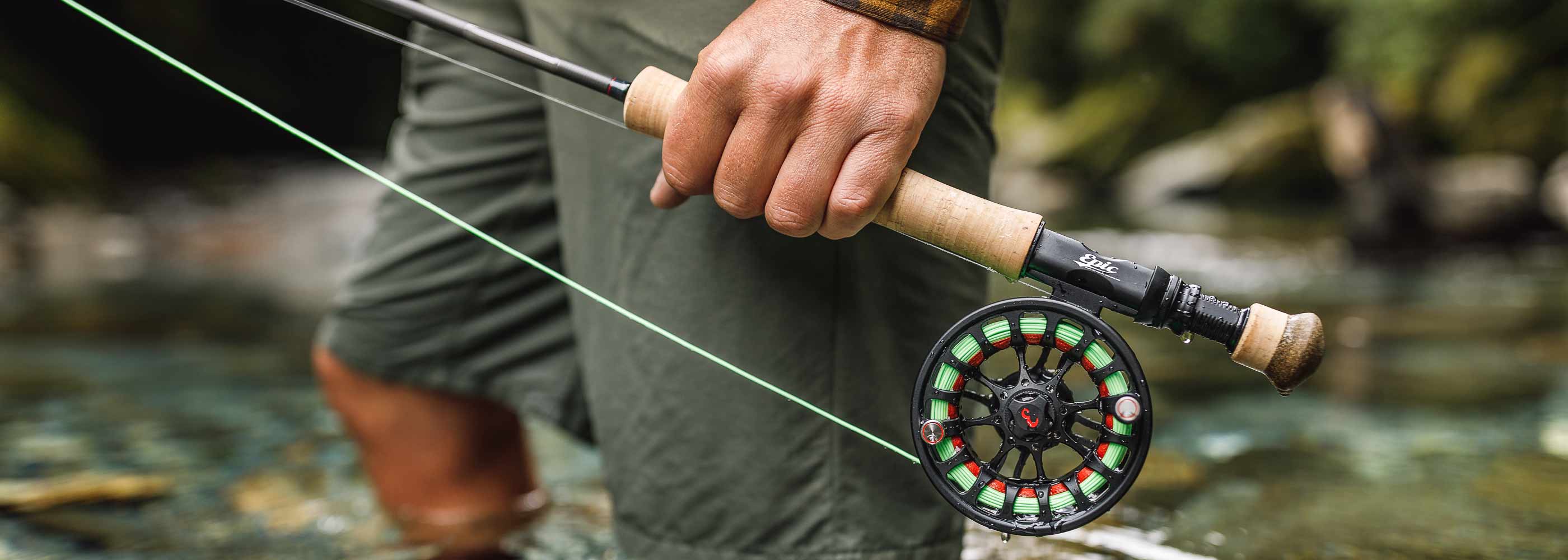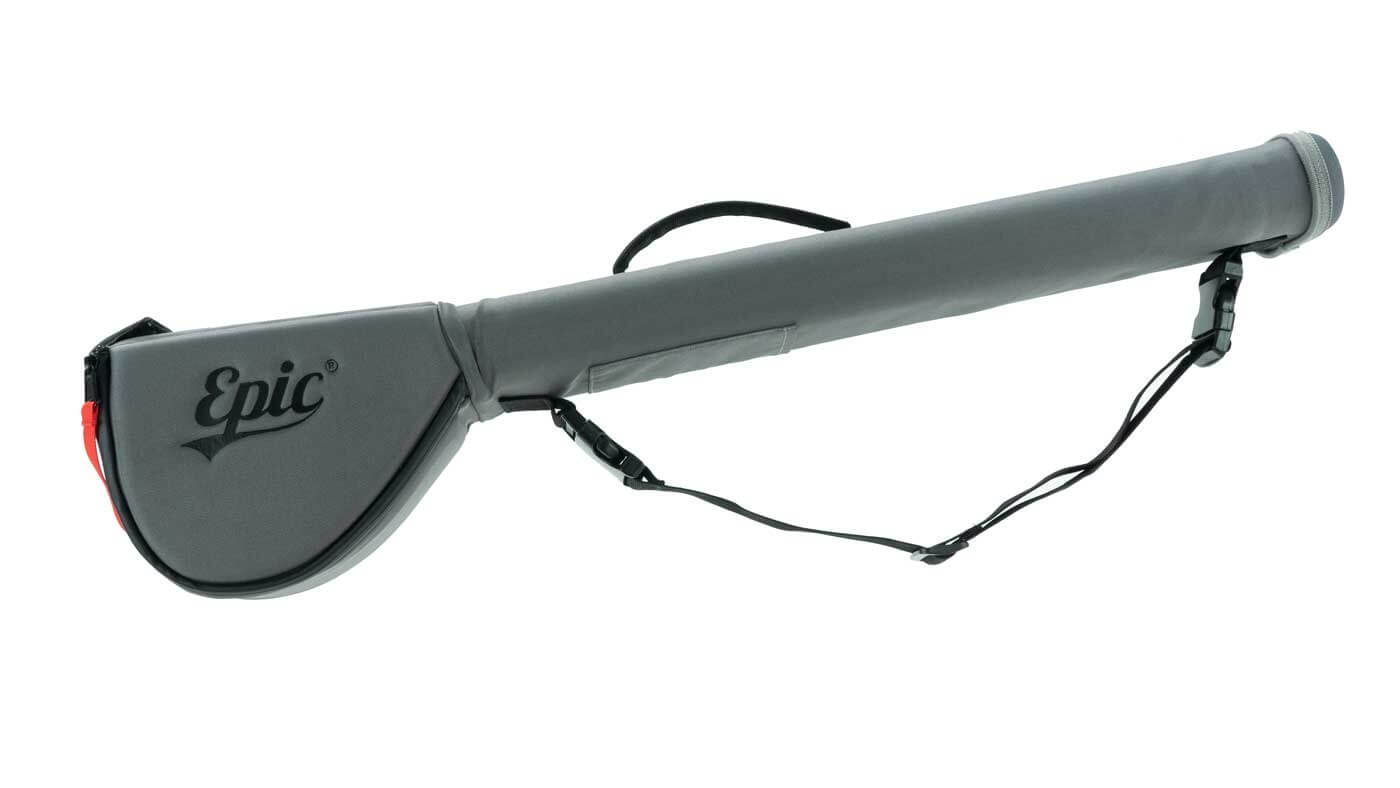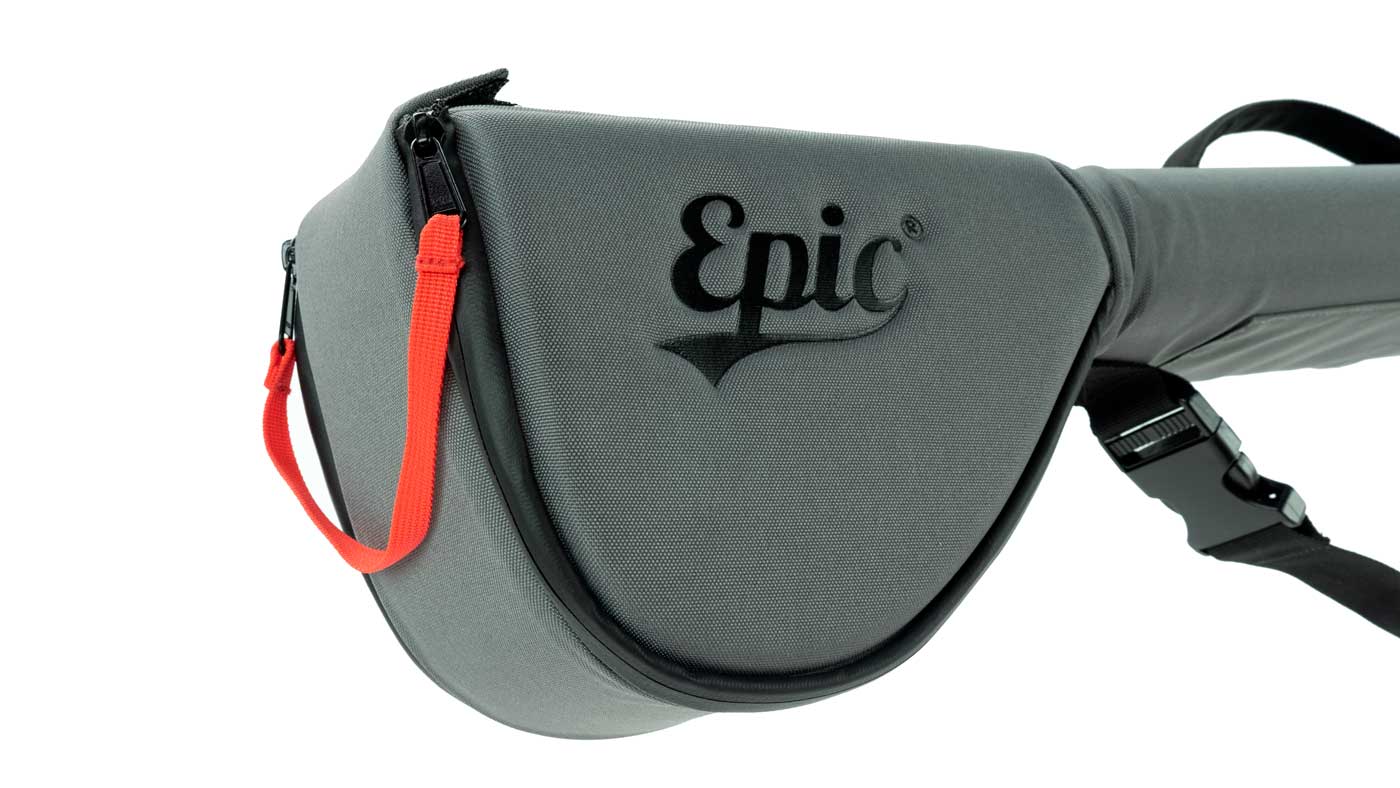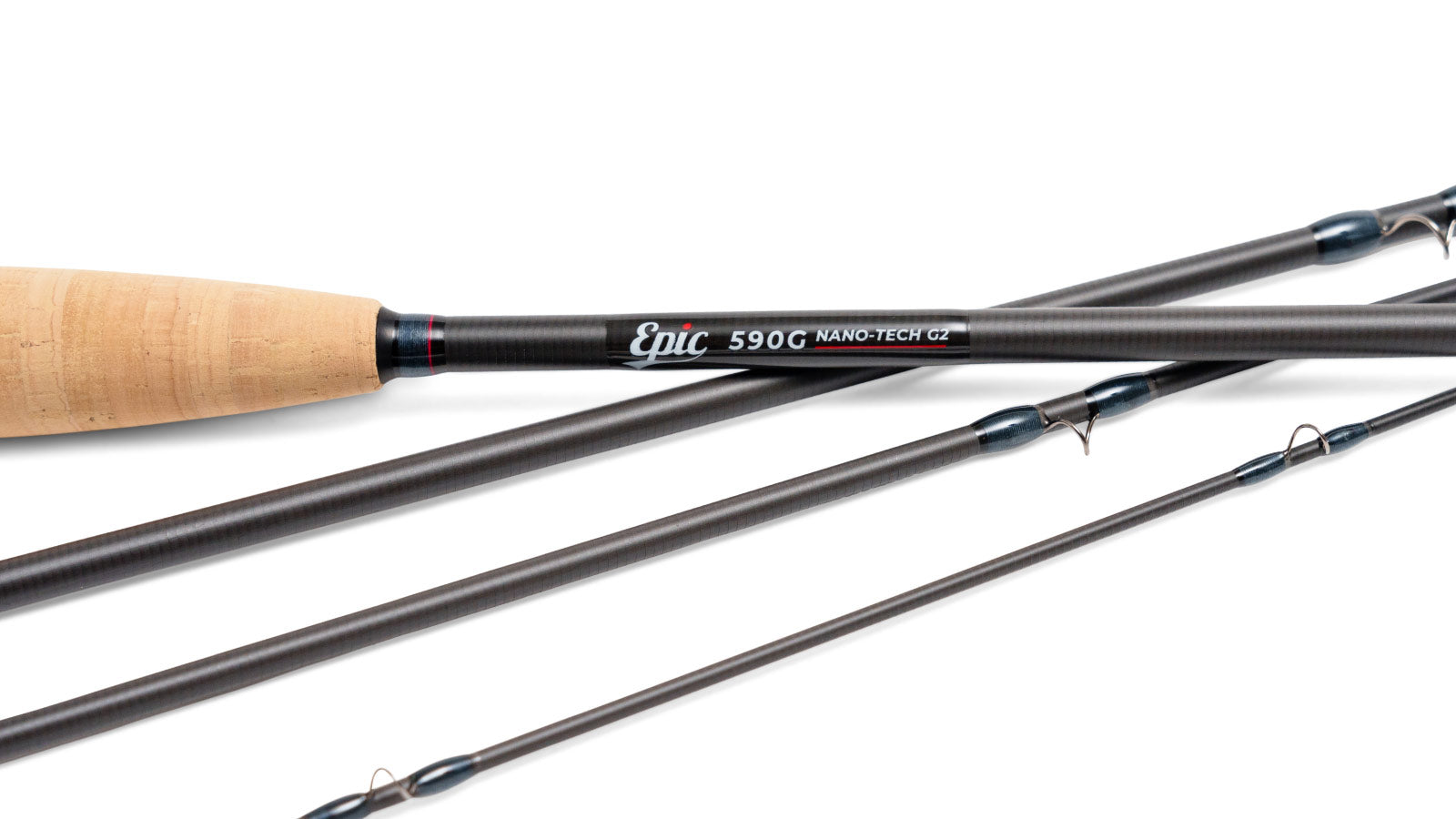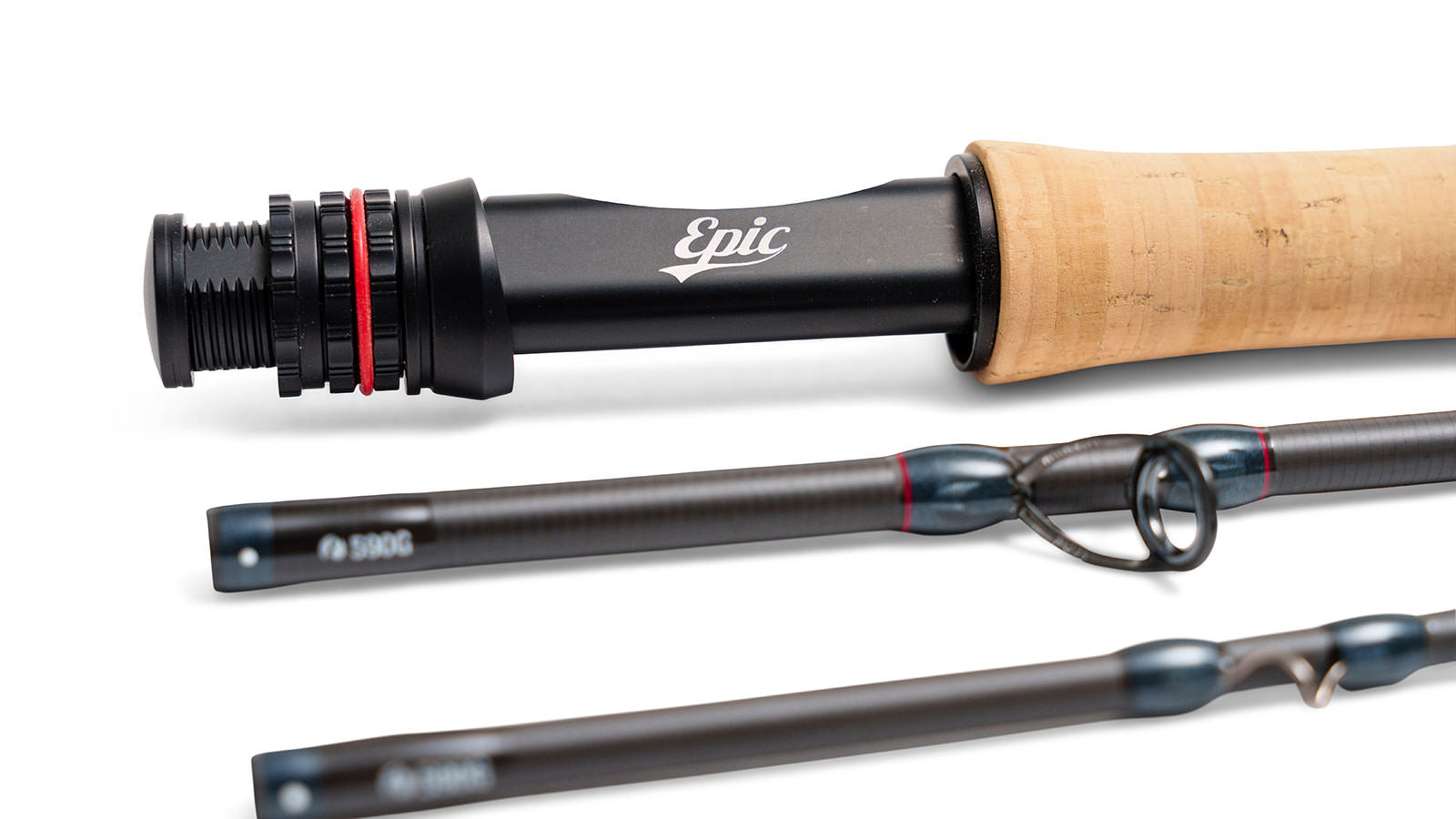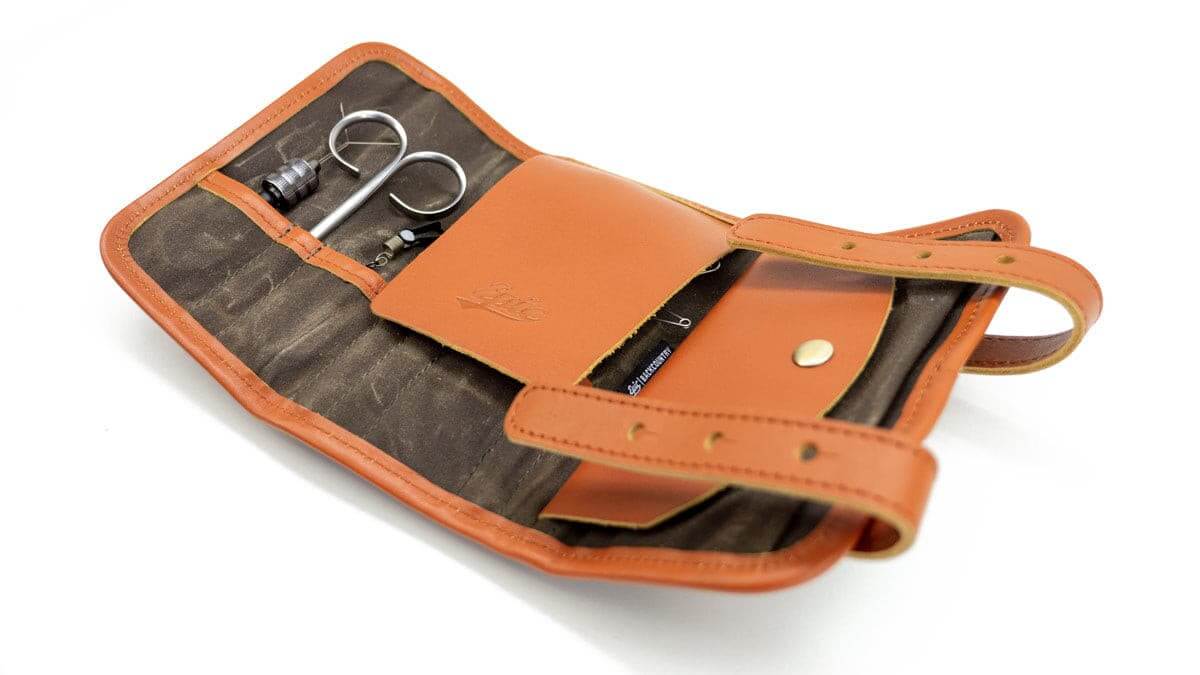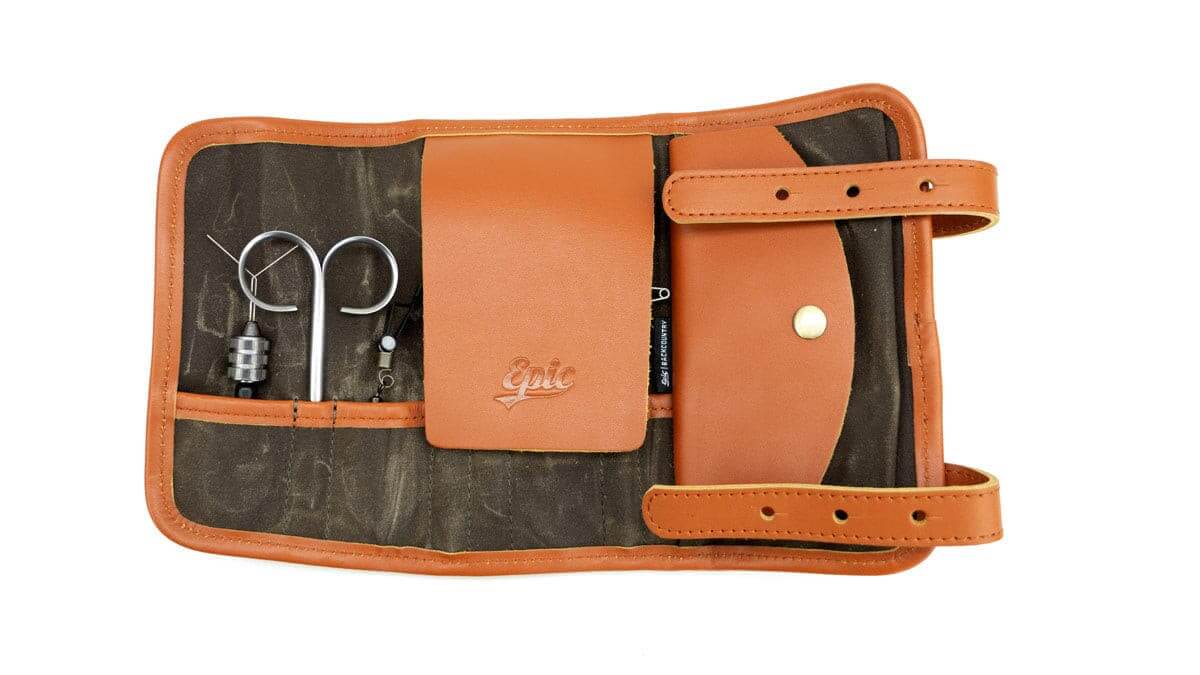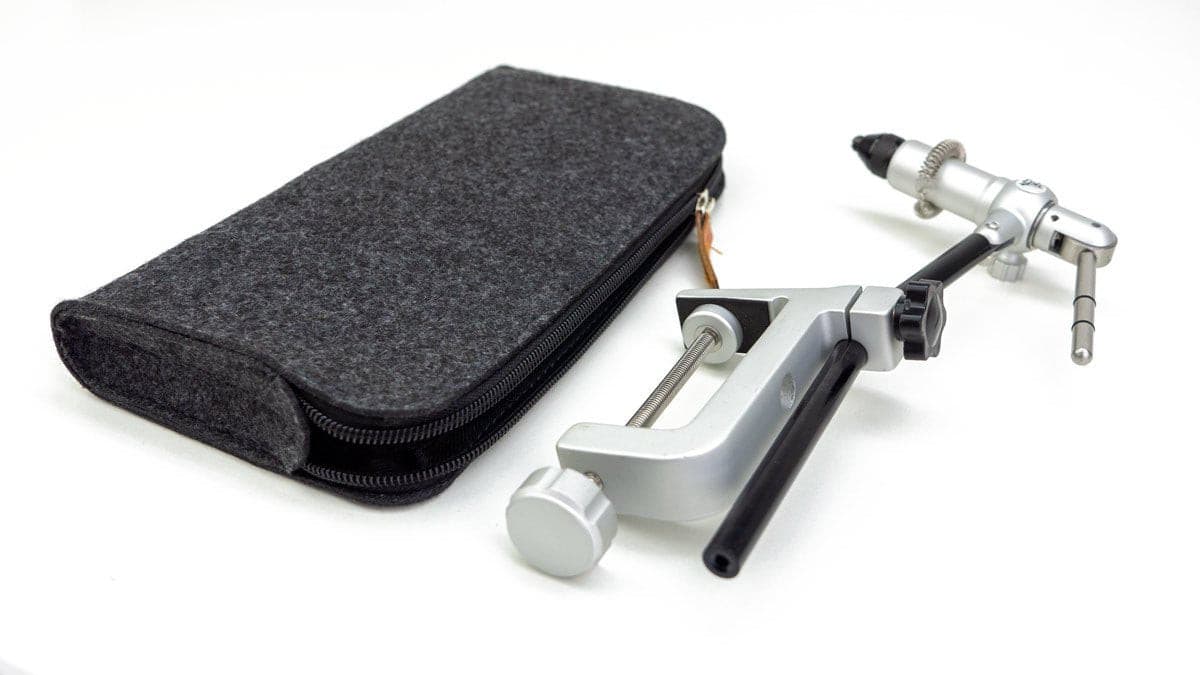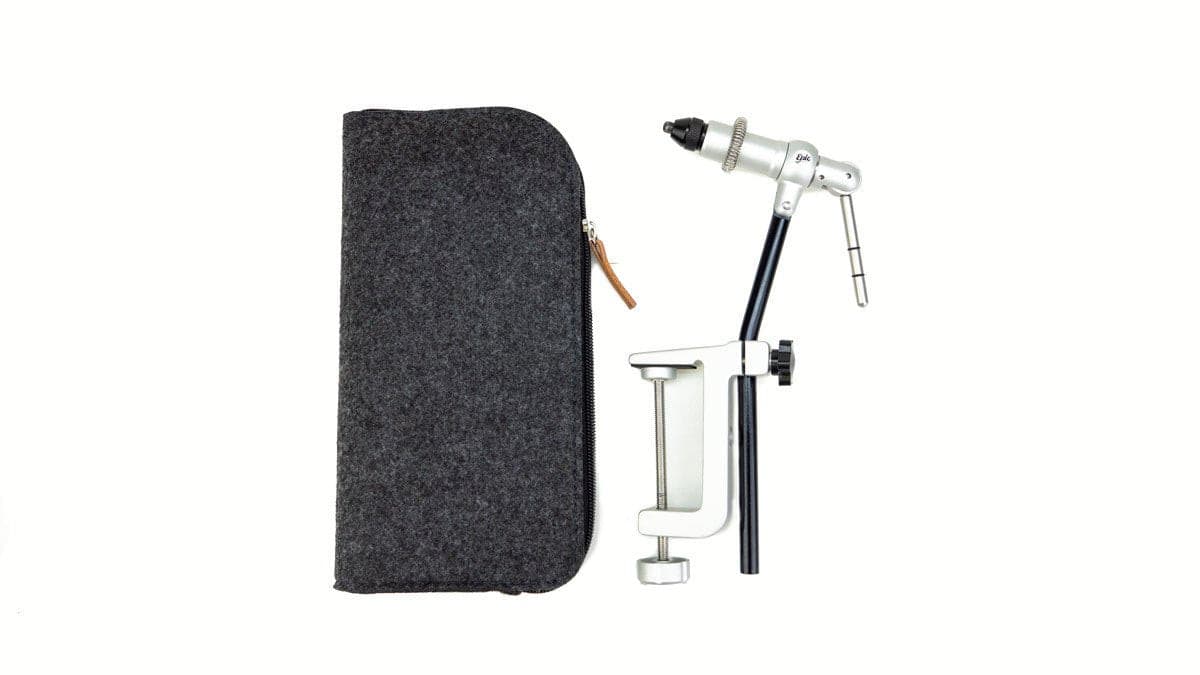Pick Up Lines – Joe Mahler
Like the first spoken words when meeting someone new, so are the first movements of a fly cast. Did the cast begin smoothly and effortlessly, or did it start with a sudden uncomfortable jerk that later needs correcting? Those very first motions set the tone for the rest of the cast and final delivery. For this reason, I think that the “Pick-up” may be the most important element of the entire cast.
To clarify, the pick-up is the part of the cast that precedes the back cast – the set-up if you will – and is not usually given much thought, or ignored completely. Practice time is usually spent on gaining power for greater distance, but focused attention to the pick-up could add considerable length to your cast with no extra effort. Oftentimes, a poor pick-up is masked, or compensated for, by using extra power by way of a haul or “yanking” the fly line out of the water. This approach takes a lot of power as you are breaking the surface tension very abruptly. The purpose of the pick up is to remove the surface tension between fly line and water allowing a smooth lift-off on the back cast. Whether using floating or sinking lines, weightless or heavily-weighted flies, improving your pick-up will set the stage for an efficient and more relaxed cast. Airplane pilots know that there is a greater likelihood of difficulty on the take-off than any other phase of flight. The same holds true in fly casting.

The overhead Pick-up
I favor a more vertical plane for most of my fishing and teaching situations. With a vertical cast, the pick-up is much more noticeable than with the fly rod tilted to the side. Many casters begin with the rod tip at an upward angle, allowing a “belly” of line to sag between the rod tip and the water’s surface. If someone asks me “Why do I keep hitting myself in the face with the fly?” I can say with an amount of certainty, it is resultant of a poor pick-up. When power is applied abruptly, the fly line tends to bounce and create a mirror image of that “belly” forming waves in the line. Begin your cast with the rod tip very near the water. In most instances I will fish with my rod tip submerged so that the “belly” never forms. Next, slowly raise the rod nearly on the horizontal, allowing the wrist bend slightly forward, until all the fly line is off of the water. Now, with only the fly and possibly the leader on the water simply “pluck” the fly from the surface by snapping the wrist into the upright position. Practice this until it becomes one smooth, continuous motion.
 Side-arm pick-up
Side-arm pick-up
Due to the proximity of the airborne line to the surface, you will need to increase the tempo slightly when casting side-arm. Just as in the overhead pick-up, the side-armed cast should begin with the rod-tip at the surface. Raise the rod tip to waist-level or above to remove surface tension. All or most of the fly line should be off of the surface at this point. Next, draw the rod back at a slightly upward angle, allowing the wrist to bend slightly forward and then snap the wrist into the straight position propelling the line backward.

Picking up slack
There are two kinds of slack, the kind that is piled in a heap and the kind that is merely waves of line on the water. If the line is piled up into tight overlapping pigtails, you have a problem that that will need to be corrected by making a roll cast or stripping the line in, but if the line is formed in relaxed waves, it can easily be picked up. For years, Lefty Kreh has said “You must get the end of the line moving before you can cast.” I couldn’t agree more. Before we can apply power to the back cast, the fly line must be moving, if the line has slack, it will be very difficult. But, if we get the line moving –even if it is in an irregular shape- we can “pluck” the line off of the water and into the air behind. Practice this by making a cast and adding some wiggles after the stop on the forward cast and lower your rod tip to the surface. Next, raise your rod tip in a path that mirrors the line formation on the ground, allowing the wrist to bend forward slightly. The path should be completed and the fly should be moving by the time the rod tip reaches the “snap point”. Now, gently pluck the fly from the surface. With practice, you will be surprised at how much slack you will be able to pick up to form a solid back cast.
Sinking line pick-up
The pick-up can be particularly troublesome when using sinking lines or heavily weighted flies. In order to make a smooth pick-up, the fly must be brought to the surface by stripping the line in, using one or more roll casts, or by using what is commonly called the “water-haul.” The water-haul is executed by stripping the line in until the fly can be lifted from the depths and laid back down on the surface, possibly shooting a small amount of line. Before the line and fly begin to sink, the line is then picked up, as described in the previous casts, and the back cast is made. A small amount of surface disturbance is normal with the water haul, but when fishing sinking lines and flies, spooking fish is usually not a problem.
Timing the haul
The haul is a very powerful too when used at the right moment and in the proper measure. Too often, the haul is used to rip the line from the surface, leaving a trail of froth behind. Think of the haul as a supercharger, not the engine. The haul should be applied precisely at the point of pick-up, or “Pluck-point”. Start the cast by keeping both hands roughly together and raise the rod tip, as previously described, until only the leader and fly are on the water. Now, as the rod hand snaps straight, the line hand will “pluck” the fly from the surface with a short tug. The line hand then follows the rod hand back to set up for the forward stroke.

Roll Cast pick-up
The roll-cast pick-up is one of the most valuable skills to master in any kind of fishing situation. Any time excessive slack forms in the line, it will need to be removed before a cast can be made. Whether in a trout stream or on the deck of a flats skiff, if you find yourself with a heap of slack line at your feet, think of the roll cast pick-up as your escape plan. First, with rod tip at the surface, raise the rod tip straight up to hip-height. Next, draw the rod tip slowly back in a slightly upward side-arm movement, placing the preponderance of the line directly behind you. Now, slowly raise the tip of the rod directly up to the forward stroke position and come to a complete stop. Make a forward cast, stopping the tip at in a particularly high position, allowing the line to straighten at head-level. Before the line falls to the surface, begin your back cast.
Picking up too much line
I commonly see is a casters make a nice cast shooting out a healthy amount of line, and then attempt to pick it up to cast again without shortening the line. The second cast is never as pretty as the first. Once the line is extended so that the head and rear taper are outside the rod tip it will be difficult to pick up because the thin running line does not have the mass to support the much thicker head. The result of picking up too much line will be a lack of control, and tell-tale waves very near the rod tip. Fly lines come in a variety of head-lengths, ranging from 20 feet in lengths to over 70 feet. For the most efficient cast, the line should be retrieved so that the thicker head of the line is at least inside the rod tip. Some lines come in two-toned models that aid in locating that transition. You can also mark your lines with a permanent marker.

Popper Practice
The best drill for improving the pick-up is tying on a bass popper and going to the pond. Start by making a cast and allowing the popper to settle on the surface. Next, slowly raise the rod, allowing your wrist to give slightly. When all of the fly line and leader has been lifted from the surface, simply “pluck” the popper from the water by snapping your wrist to the upright position. If you have done this well, you will see only the exit splash from the popper itself. Now try same with a side-arm pick-up.
Author

Joe Mahler is one of the USA's leading fly casting instructors and author and illustrator of “Essential Knots & Rigs for Trout” and “Essential Knots & Rigs for Salt Water”. You can Book a fly casting lesson with Joe via his website here


